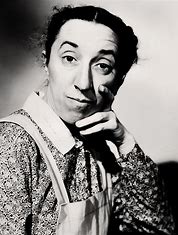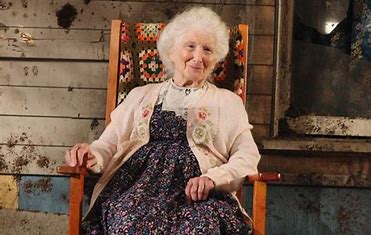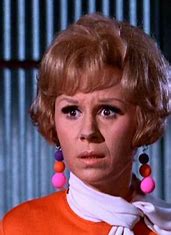Introduction
Margaret Hamilton is a name that might not be familiar to many people, but her contributions to the world of technology and space exploration are immense. She was a NASA scientist, a software engineer, and a mother of two. Her work on the Apollo space program and the development of software for the Apollo spacecraft helped to make the historic moon landing possible. In this blog post, we will explore the legacy of Margaret Hamilton and her impact on the world of science and technology.
Early Life and Career

Childhood and Education
Margaret Hamilton was born on August 17, 1936, in Paoli, Indiana. She grew up in a family of educators and was encouraged to pursue her interests in science and mathematics from a young age. Hamilton attended the University of Michigan, where she earned a Bachelor of Science degree in mathematics in 1958. She went on to pursue a Master of Science degree in mathematics at the same university.
Early Career
After completing her education, Hamilton began her career at MIT as a programmer. She worked on the SAGE project, which was a computer system designed for air defense. Hamilton’s work on the SAGE project helped to pave the way for her future work in software engineering. She later joined the Charles Stark Draper Laboratory, where she worked on the development of software for the Apollo spacecraft.
NASA and the Apollo Program
Software Development for the Apollo Spacecraft
Hamilton’s work on the Apollo space program was groundbreaking. She was responsible for developing the software that would guide the Apollo spacecraft to the moon and back. This was no small feat, as the software had to be able to handle a wide range of variables and potential problems. Hamilton and her team developed a system of checks and balances that would ensure the software was working correctly at all times.
The Apollo 11 Mission
Hamilton’s work on the Apollo program culminated in the historic moon landing in 1969. The software that she had developed played a crucial role in the success of the mission. Hamilton’s team had to make several last-minute changes to the software in order to ensure that the lunar module could land safely on the moon’s surface. Thanks to their hard work and dedication, the mission was a success, and Neil Armstrong and Buzz Aldrin became the first humans to walk on the moon.
Legacy and Impact
Inspiring Future Generations
Margaret Hamilton’s work on the Apollo program and her contributions to the field of software engineering have inspired countless people around the world. Her dedication to her work, her willingness to take risks, and her ability to solve complex problems have made her a role model for women in STEM fields. Hamilton has also been an advocate for increasing diversity in the tech industry, and she has worked to encourage more young people to pursue careers in science and technology.
Recognition and Awards
Hamilton’s contributions to the field of software engineering have not gone unnoticed. She has received numerous awards and honors for her work, including the Presidential Medal of Freedom, the highest civilian honor in the United States. Hamilton has also been inducted into the National Women’s Hall of Fame and the Computer History Museum’s Hall of Fellows.
Conclusion
Margaret Hamilton’s legacy is one of innovation, dedication, and perseverance. Her work on the Apollo program helped to make one of the greatest achievements in human history possible. Her contributions to the field of software engineering have paved the way for future generations of programmers and engineers. Hamilton’s story is an inspiration to us all, and her impact on the world of science and technology will be felt for generations to come.



